The Power of Praise: Recognizing Colleague Success
The definition of praise is to express warm approval or admiration. The person on the receiving end of this kind act is often appreciative and happy. For years Human Resource Professionals have been analyzing the impact praise has in the workplace. For examples, check out the Training Journal's article on "The Power of Praise and Recognition" and Gallop's Workplace article, "In Praise of Praising Your Employees". The conclusion seems to be unanimous. Employees who receive praise on an ongoing basis have increased engagement and productivity.
To help get you started spreading this positive feeling around your workplace, PAIT Group's Modern Workplace Consultant, Kat Weixel has recorded an easy to follow tips & tricks video that demonstrates just how easy it is to communicate praise in Yammer and/or Microsoft Teams.
For those of you who appreciate a written how-to that can be used to follow along with the video, I have organized that below.
As in Kat's video, we will start with Yammer.
UPDATE: Praise can also be shared from Microsoft Viva Insights.
Read more





